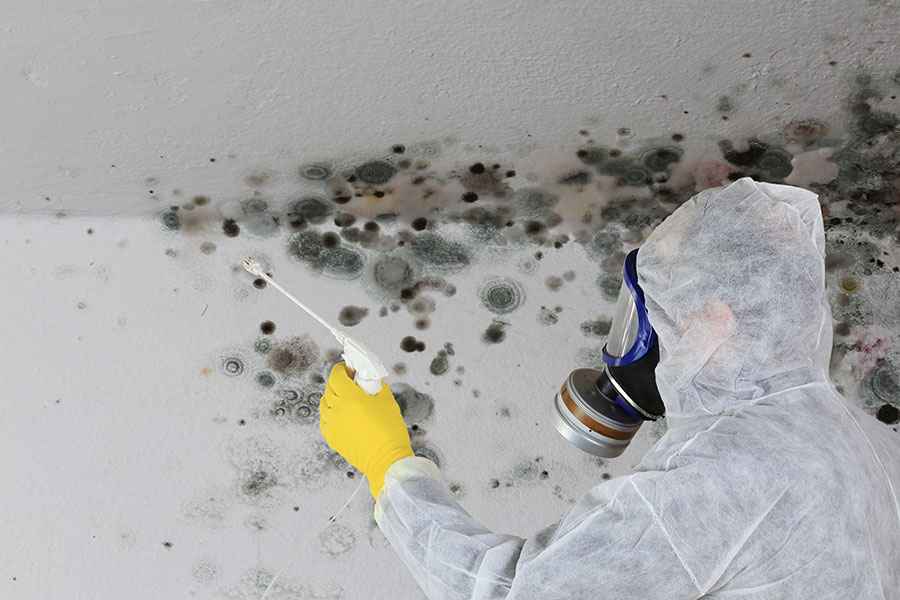
The experts at weDRY are mold cleaners, mold removal and mold restoration professionals who get the job done right the first time!
We’ll answer your questions and can provide a free mold removal and restoration quote. Contact us to learn more!
"*" indicates required fields
Mold restoration is a two-part process that involves mold removal services and mold remediation. At weDRY we take all the necessary steps to ensure that your structure is mold-free and safe. We are licensed and certified to deal with hazardous materials, and we will keep the mold from spreading cross contaminating to other areas.
Our professionals have witnessed firsthand the havoc that mold can unleash on homes, businesses, and your individual health. As certified mold cleaners you can trust in Southeast Michigan, we’ve also been helping customers throughout the region to become mold-free. We will do the same for you!
Don’t wait until your mold problem is out of control and beginning to lead to health problems. You can trust weDRY to follow all protocols for proper cleaning set forth by an independent, licensed air quality professional and weDRY will GUARANTEE that your home or business will be back to a healthy environment upon completion of the job at hand. As one of the most trusted black mold removal companies, here’s how we handle your mold remediation project:
Stachybotrys chartarum is a type of mold that is often called “black mold” or “toxic mold”. Sensational news reports warn about the dangers of black mold and these stories can be alarming and confusing. In fact, the CDC mentions that no existing tests prove an association between black mold and any particular health symptoms.*
However, any mold in your home should be treated with caution – stay out of affected areas and don’t touch or disturb the mold. Our black mold removal specialists at weDRY can help restore your property back to safe, habitable conditions with the best mold removal services in Southeast Michigan.
* Source: https://www.cdc.gov/mold/stachy.htm
The type of reaction to mold is dependent on the type of mold that is present.

We’ll answer your questions and can provide a free mold removal and restoration quote. Contact us to learn more!
We’re proud to be trusted in the community, but don’t just take our word for it. Check out reviews from our satisfied customers!



